Dishwasher inverter motor

On the modern market, there are many models of dishwashers from different manufacturers. Not the last place is occupied by technology with an inverter motor. What is the difference between a conventional motor and innovative technology, we will find out in this article.
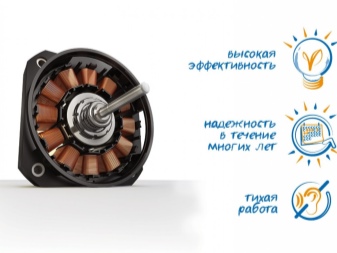
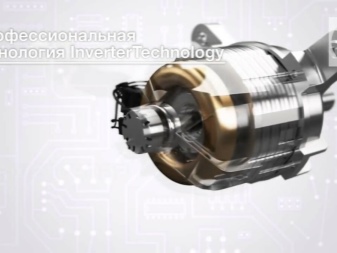
What it is?
A modern premium dishwasher will most likely have an inverter motor. If we return to the school course of physics, it will become clear that such a motor is capable of converting direct current into alternating current. In this case, a change in the voltage indicator also occurs. There is no usual noise, which is typical for cheaper built-in dishwashers.
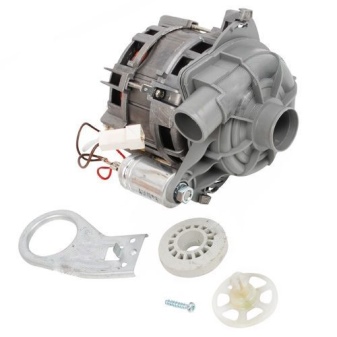

Advantages and disadvantages
Talking about such an innovative technology, one cannot but mention the existing advantages and disadvantages.
Of the advantages, the following indicators stand out:
- saving;
- long service life of equipment;
- the machine automatically determines the required energy consumption;
- no noise during operation.
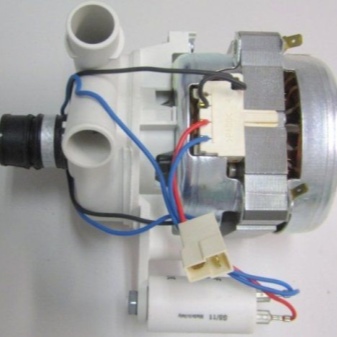
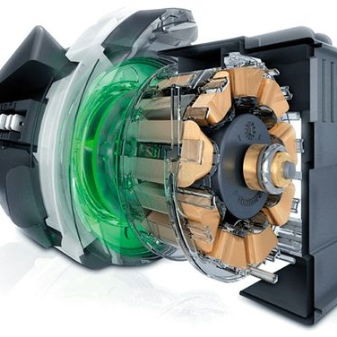
But the inverter type of motors has some disadvantages:
- the cost of such equipment is much higher, however, and the user will have to pay more for the repair;
- it will be necessary to maintain a constant voltage in the network - if this condition is not met, then the equipment ceases to function normally or completely breaks down quickly;
- the choice is strictly limited.
At the very beginning of development, this type of motor was widely used in the design of microwave ovens and air conditioners. This is how they tried to solve the problem of saving energy resources.
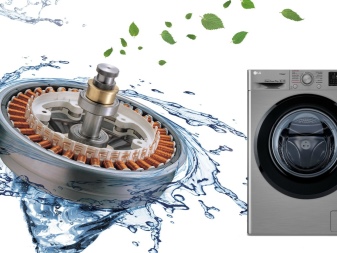
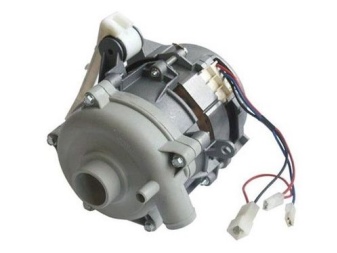
Today, the inverter motor is even installed in refrigerators and washing machines.
What is different from the usual?
A standard dishwasher motor runs at the same speed. In this case, the load level is not taken into account by the technique. Accordingly, even with a minimum amount of dishes, the same amount of energy is consumed as when fully loaded.
The inverter adjusts the operating speed and energy consumption, taking into account the described indicator. Depending on how loaded the equipment is, the optimal operating mode is automatically selected by means of a sensor. Thus, there is no overconsumption of electricity.
On the other hand, conventional motors, in which gears and belts are installed, make a lot of noise. Despite the fact that the inverter motor is larger in size, it is quieter because it has no moving parts.
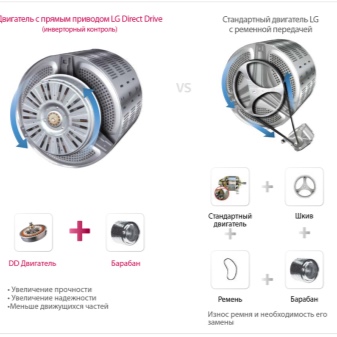
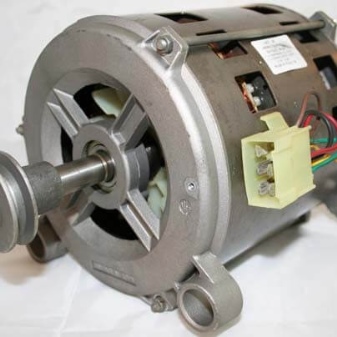
Household appliances with this type of motors are actively supplied to the market by LG, Samsung, Midea, IFB, Whirlpool and Bosch.
Rating of models with inverter motor
In the rating of inverter built-in dishwashers, not only full-size, but also models with a body width of 45 cm.
Bosch Serie 8 SMI88TS00R
This model demonstrates 8 basic dishwashing programs and has 5 additional functions. Even when fully loaded, the dishes are perfectly clean.
There is an AquaSensor - a sensor that is designed to determine the level of contamination at the beginning of the cycle. Subsequently, he sets the optimal time required to wash the dishes. If necessary, starts pre-cleaning.
The chamber holds up to 14 complete sets. The water consumption is 9.5 liters - this is how much is required for one cycle. If necessary, the half load mode is started.
An inverter motor is installed in the design of the unit. The technique works almost silently. There is a display on the panel and the ability to activate parental control.
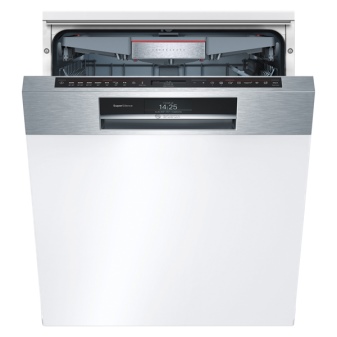

Advantages:
- you can postpone the sink for the required time;
- easily recognizes the used cleaning agent;
- there is a built-in shelf where espresso cups are stored;
- you can activate the self-cleaning program.
Disadvantages:
- fingerprints permanently remain on the touch panel;
- the cost is not available to every user.
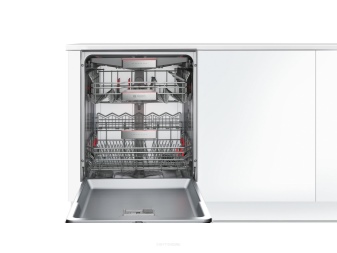
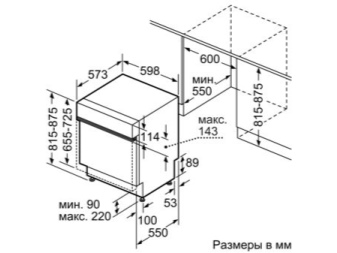
Electrolux ESF9552LOW
Non-built-in appliances with the ability to load 13 sets of dishes. After the end of the cycle, this model opens the door on its own. There are 6 working modes, delayed start can be activated.
There is a small grid for cutlery inside. The basket can be adjusted in height if necessary. The manufacturer has installed a special sensor in the design of the model, which determines the required consumption of water and electricity.
Additional benefits:
- water flow is automatically regulated;
- there is an indicator for determining the detergent.
Disadvantages:
- too large, so it can be difficult to find a place for equipment.
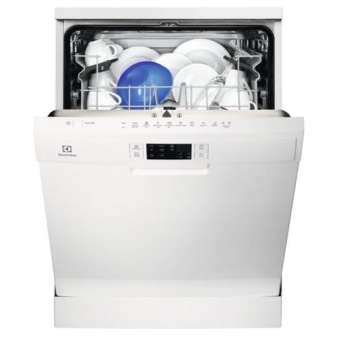
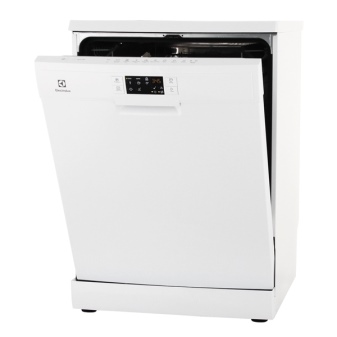
IKEA Remodeled
Appliances from a Scandinavian manufacturer. Included in the segment of full-size dishwashers. Electrolux technicians were also involved in the development.
Up to 13 sets of dishes can be placed inside. With a normal dishwashing cycle, the water consumption is 10.5 liters. If you use eco-mode, then the liquid consumption is reduced to 18%, and electricity - up to 23%.
Advantages:
- there are LED bulbs inside;
- the basket from above can be adjusted in height;
- 7 cleaning programs;
- a built-in operating time indicator is located closer to the floor.
Disadvantages:
- the price "bites".
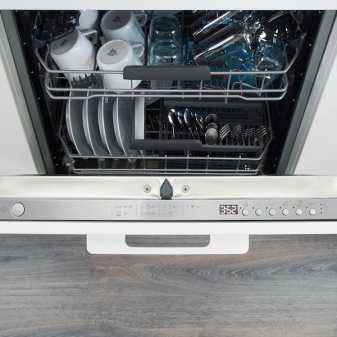
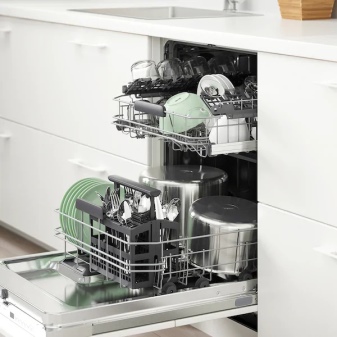
Kuppersberg GS 6005
A German brand that offers not only standard programs, but also delicate dishwashing.
Advantages:
- you can separately set the cycle for heavily and not very dirty dishes;
- stainless steel inside;
- there is an indicator for salt.
Disadvantages:
- poor leakage protection;
- the assembly is not of the best quality.


The inverter motor in the dishwasher is presented in the video below.













The comment was sent successfully.